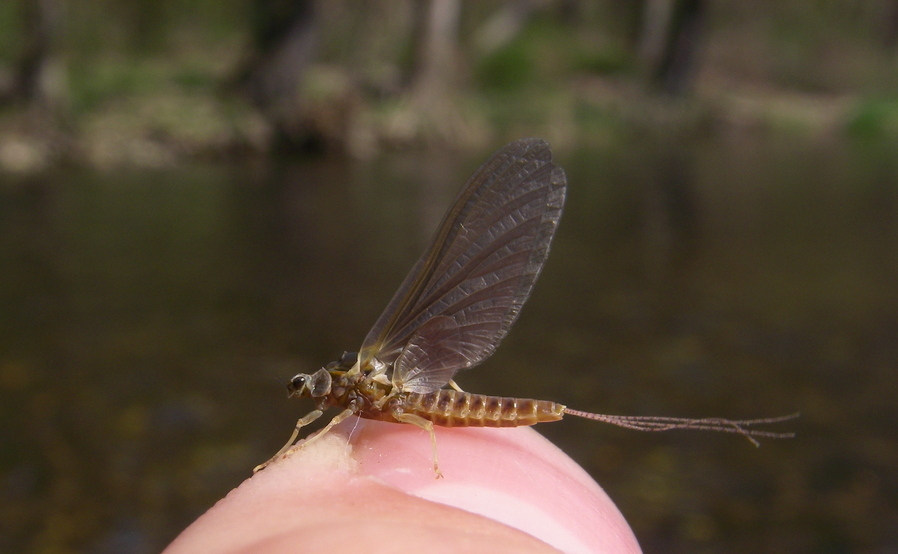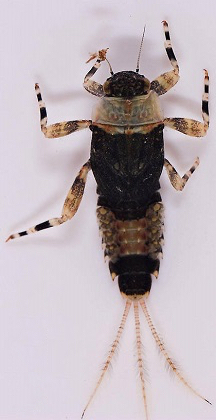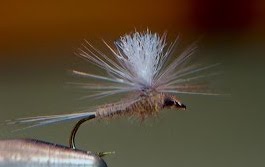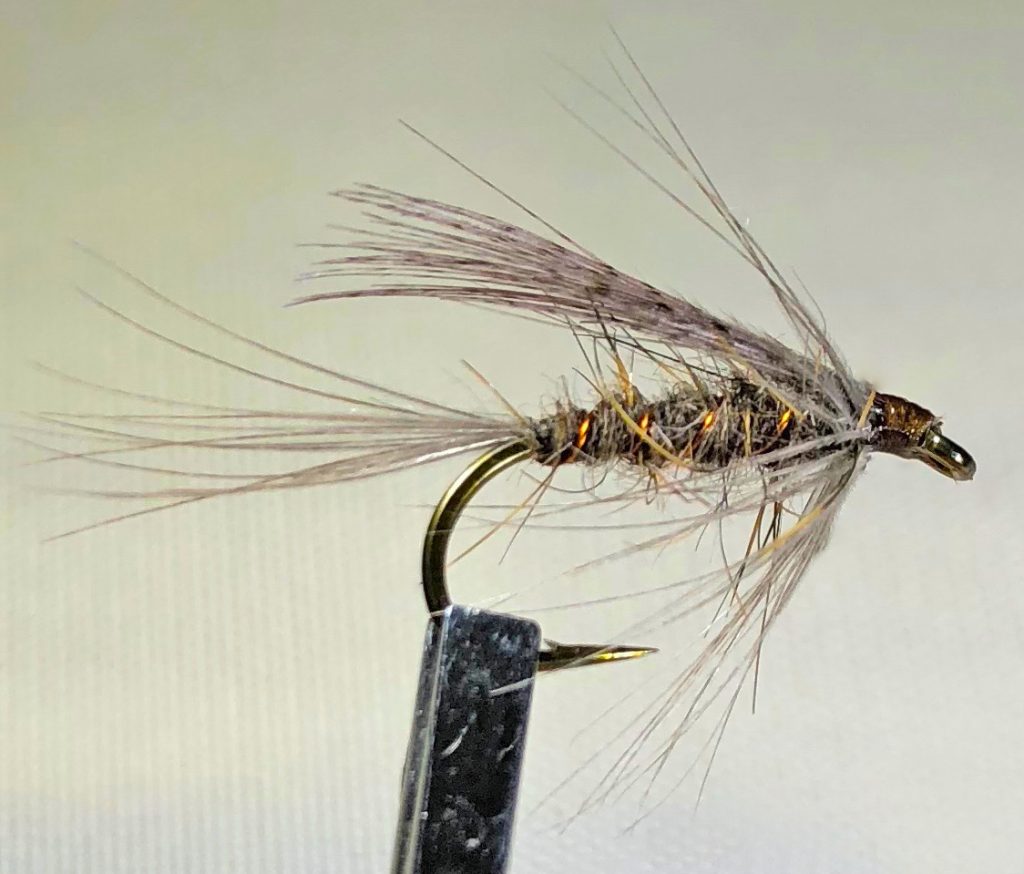
Hendricksons have long been a favorite springtime hatch for Eastern fly fishermen. In the Smokies, they typically follow the Quill Gordon and Blue Quill hatches by two or three weeks. Most years, that means we don’t see Hendricksons until mid to late April. Because a warm stretch of weather in February triggered an early Quill Gordon hatch, things are a little out of whack and we are beginning to see Hendricksons now. I expect them to be around until about mid April.
Like many hatches in the Smokies, Hendricksons rarely come off in enormous, widespread numbers. But in the right place at the right time, you can find enough of these bugs to inspire some steady rises from trout. And while generic, attractor fly patterns will get you through most situations, having a fly that more closely matches what the fish are seeing never hurts!
Hendricksons hatch sporadically throughout the day in the Smokies but tend to be most active in sunny areas during the warmest part of the day. Most days this time of year, that means in the 2pm – 5pm range. They inhabit all types of water but I tend to see emergence occurring most in slow to medium currents.

The nymphs are not particularly good swimmers and they have an unusually robust profile. This combination of traits makes them very popular with the trout. Their color varies from reddish tan to dark, reddish brown. Tan and olive Hare’s Ear Nymphs work well for imitations. Whitlock’s Red Fox Squirrel Nymph is another great pattern during this hatch. Pheasant Tail Nymphs provide a nice color match but are pretty slender compared to the beefy naturals. In any case, they range in hook size from #14-12.
The adults also vary a bit in color. Much of that depends on the gender of the bug. The males tend to be darker, varying from grayish olive to grayish brown. However, the females are often a little lighter, sometimes taking on a tan or even pinkish hue.

While there are certainly numerous fly patterns specifically designed to imitate all of the variations of a Hendrickson, you can do pretty well with generic patterns as well. A Parachute Hare’s Ear works well, particularly when you’re seeing more of the lighter colored adults. And there’s always the Parachute Adams, especially when you’re seeing the darker variations. Like the nymphs, you’ll best match the naturals in sizes #14 – 12.

Finally, trout love taking the emerging insects during this hatch, so a wet fly can be an excellent choice. One of my favorites is the Early Season Wet Fly. I often fish it in tandem with another fly. Try it as the top fly of a nymphing rig with a Hare’s Ear or Red Fox Squirrel nymph down below. Or tie it as a dropper off the back of your dry fly of choice.

